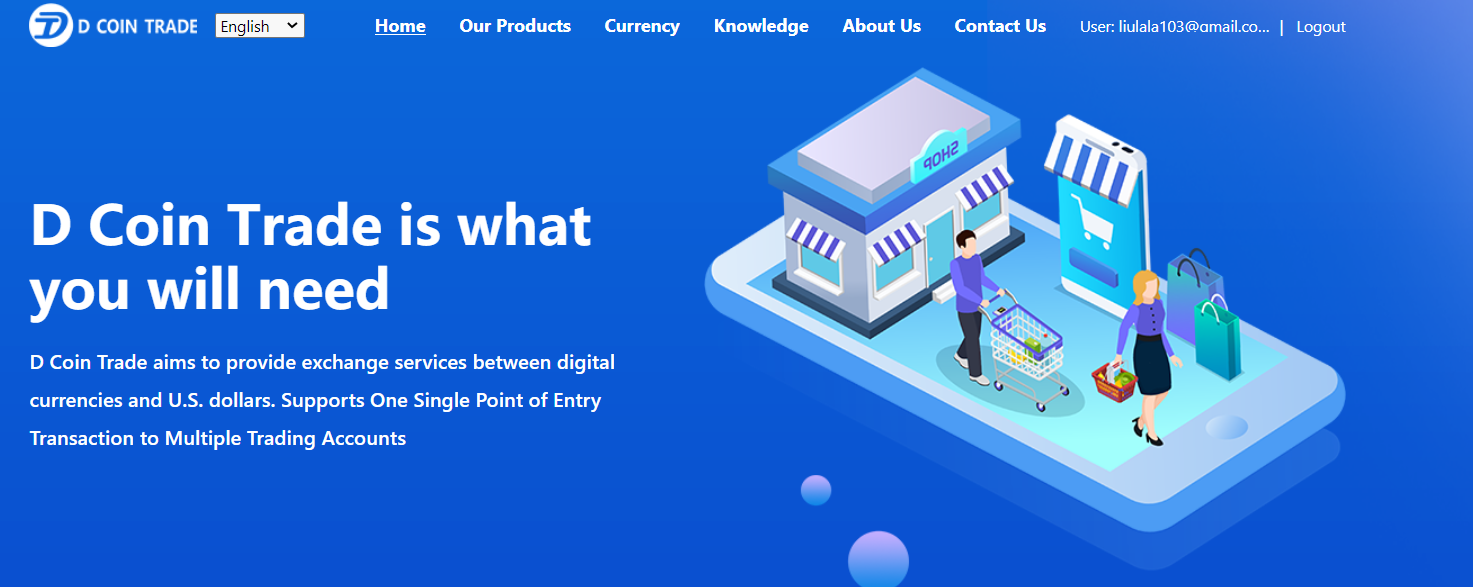How to make money in crypto exchanges?

People had a desire to trade currencies since the invention of the first. Trading has always been associated with crypto currency price, whether it is to obtain something or to profit, and is more commonly known as forex (foreign exchange). However, the nature of cryptocurrencies necessitates the use of a specialised trading platform, one designed specifically for the complexities of cryptocurrencies.
A cryptocurrency exchange, also known as a DCE (short for digital currency exchange), is a service/platform that allows customers to exchange cryptocurrencies for other resources such as other cryptocurrencies, standard FIAT cash, or other digital currencies. They allow for the exchange of one cryptocurrency for another, the buying and selling of coins, and the conversion of FIAT into cryptocurrency. Different crypto exchanges may offer a variety of options and features. Some are designed for traders, while others are designed for quick cryptocurrency exchanges.
The most common revenue streams for exchanges are commissions, listing fees, market making, and fund collection for IEOs, STOs, and ICOs.
Trading fees - commissions
The most common way to monetize exchanges (both cryptocurrency and traditional exchanges) is to charge market commissions and cryptocurrency pricing. This commission covers the cost of the buyer-seller trade facilitation service. Commissions can be as low as 0.1 percent per transaction, resulting in high trading volume due to low trading costs.
Fees for Listing
Due to competition, newly established exchanges can struggle with low volume in their early stages, necessitating the need for a secondary source of revenue. To increase revenue, many exchanges use token and coin listing services. Exchanges may collect a percentage of funds raised from Initial Exchange Offerings (IEOs), Security Token Offerings (STOs), and Initial Coin Offerings (ICOs) by organizing these offerings.
Collection of funds
Another way to boost revenue is to outfit the platform with an IEO module, which allows other companies to organise token sales. In this context, your exchange acts as a storage facility for people who buy chips before participating in an exchange, similar to how Kickstarter works. However, in this case, the authors of the papers are compensated with tokens in exchange for other digital assets such as BTC or ETH.
Making a market
Another significant source of revenue for cryptocurrency exchanges is the creation of a market or liquidity for a specific financial instrument. Market creation in its purest form entails buying and selling a digital asset on its exchange at slightly higher prices than on another stock exchange. When a trade occurs on the exchange, the trade is swapped to another exchange, which offsets the previous trade and the differences in profit made by each exchange. When automated and used in long-distance markets, this technique performs exceptionally well (i.e., the difference between the bid price and the bid).
How does swapping make money in this process?
When the exchange collects funds on behalf of the fundraising company, it charges a commission based on a percentage of the total proceeds. Depending on the final amount, such a percentage could result in a substantial payout for exchanges.